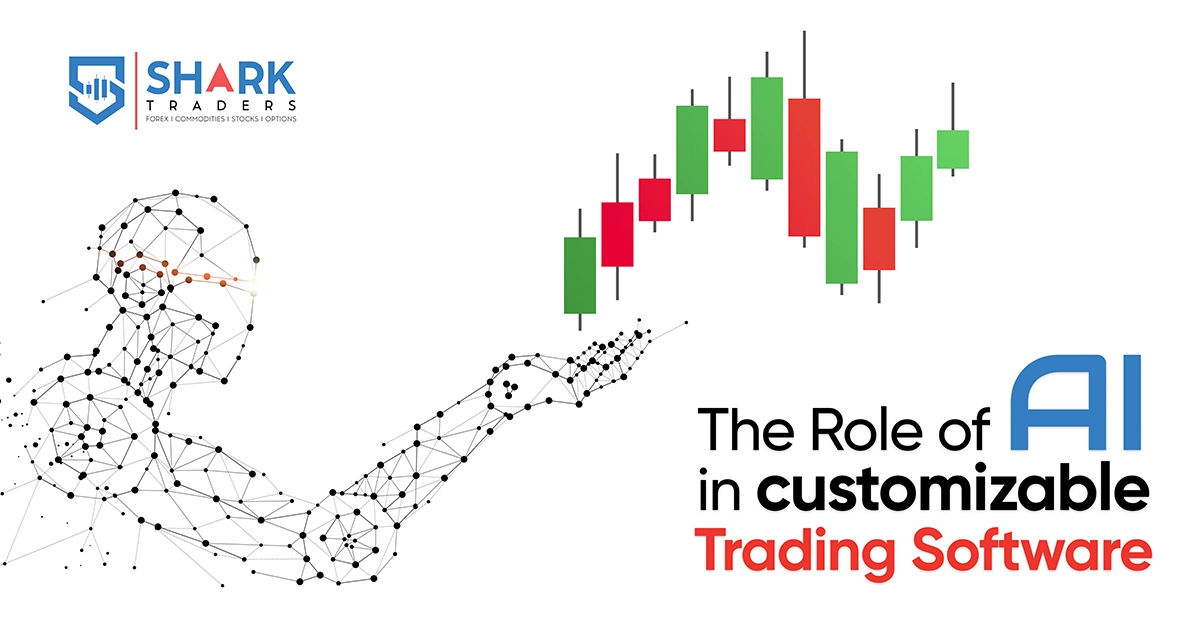Forex trading markets are full of opportunities but complexities as well. The most important parameter of these markets that actually facilitates trading operations and supports international financial systems is liquidity. Liquidity providers are responsible for delivering the market liquidity and operating the Forex trading markets even during volatile market conditions. Thus, liquidity providers play a much bigger role in facilitating smoother forex conversions with minimal slippage. Let’s explore this article to understand their functions more deeply and their influence on the global trading ecosystem. But, before directly getting into what forex liquidity providers are, let’s understand forex liquidity first.
Understanding Forex Liquidity
Forex liquidity determines how easily traders can trade in the forex market and buy or sell currency pairs at predictable prices.
A highly liquid FX market allows the trades to be executed quickly at expected prices at minimal cost and slippage. A lower liquidity provides quite the opposite conditions, slowing down trading execution and unfavorable price movements. Thus, high liquidity is required to ensure that traders can enter and exit the market with ease and profit while lowering trading costs and risks.
What are Forex Liquidity Providers?
Forex liquidity providers are enterprises that act as market participants, bridging the gap between various market stakeholders such as retail brokers, institutional traders, and the interbank forex market. LPs facilitate transaction processes by ensuring that a counterparty is always available for trading and by maintaining access to sufficient currency reserves to meet forex market demand.
Liquidity providers in Forex provide high liquidity and maintain stable exchange rates. They ensure that both buyers and sellers in the FX market don’t have to wait longer to complete their orders at their desired price.
Types of Forex Liquidity Providers
There are different types of liquidity providers in the forex market, each playing a unique role in maintaining market efficiency. Here are the most common LPs:
Tier 1 Banks: Although they are the most common and oldest liquidity providers, banks have the most influential impact in the forex market. They usually include the most reputable financial institutions that have extensive access to tier-1 assets.
Electronic communication networks (ECNs): These include platforms and networks that work electronically to match buy and sell orders and deliver liquidity to the FX market.
Retail forex brokers: They act as a bridge between retail traders and financial institutions that supply liquidity and lower slippage.
Non-Bank Market Makers: These are non-banking financial institutions that provide liquidity for a specific currency pair and match orders from their own inventories.
Hedge funds: Similar to banks, hedge funds have access to substantial financial resources to offer liquidity in global forex markets.
Role of Liquidity Providers In Forex Trading
As it is quite evident by now, Liquidity providers act more like intermediaries that provide price quotes for currency pairs and make trade execution easier for forex market participants. They play a vital role in maintaining the market’s stability and efficiency by holding substantial liquidity assets. Below are some key roles that liquidity providers perform in FX trading:
Order Execution
Liquidity providers match the different orders between the sellers and buyers to execute orders on time.
Market Depth
Liquidity providers consistently quote bid and ask prices and contribute to orders available at various price levels. It aids in enhancing “market depth” and allows traders to enter and leave the market at their desired positions.
Price Discovery
Through their price quotes, forex liquidity providers help determine the fair market value of a currency pair. It assists in making pricing more fair and transparent.
Advantages of Using a Forex Liquidity Provider
Liquidity providers in Forex trading protect from any negative effects of the market and offer multiple benefits as follows.
Market Access
With the help of liquidity providers, institutional traders can benefit from the broader market access and trade among different currency pairs. Moreover, the currency pairs that usually have low liquidity can also be accessed due to large networks and order books of liquidity providers.
Fast Order Execution Speed
Even a millisecond of delay in the trading market can result in significant losses. Liquidity providers use the most advanced technology infrastructure that executes trades in no time. Thus, the order matching as well as confirmation acts at ultra-fast speed without any delays or impacting the trading strategies.
Competitive Spreads and Pricing
Liquidity partners keep large amounts of high-tier liquid assets on hand to manage significant market risk. They even provide competitive buy-sell prices and smaller bid-ask spreads. As a result, by reducing trading costs through narrower spreads, LPs ensure long-term FX trading and brokerage success.
Reduce Slippage Risk
Slippage in forex trading is basically the difference between the expected price of a trade and the actual price at which the trade is executed. Slippage is less likely when the market has higher liquidity, as there are enough buy and sell orders at various price levels to fill trades promptly. With the deep liquidity, larger order sizes, and tighter spreads facilitated by liquidity providers (LPs), trades are more often executed at the quoted rates, keeping slippage risk to a minimum.
Transparency and Equitable Pricing
Liquidity providers enhance market transparency by offering clear and consistent pricing models that promote fair trading conditions. Regardless of order size, traders receive full and fair access to pricing without any hidden fees.
Factors to Consider When Choosing a Forex Liquidity Provider
When selecting a Forex liquidity provider (LP), it’s important to consider the following factors:
- Reputation and Reliability: Choose an LP that has a reputation in the market and a solid track record. This provides confidence and stability, especially during volatile periods.
- Liquidity Depth: Liquidity depth refers to the LP’s ability to efficiently fulfill orders across multiple currency pairs. It’s a measure of the financial stability of the liquidity provider.
- Trading Costs: The liquidity provider needs to offer competitive pricing and a transparent fee structure without hidden fees and charges.
- Technology and Infrastructure: LP should have the latest technology and infrastructure to execute trades seamlessly without any issues.
Regulatory Compliance: Opt for a provider that complies with relevant regulations and holds proper licensing to provide liquidity solutions.
Conclusion
Forex liquidity providers are extremely important in maintaining the forex trading markets. They deliver deep liquidity through sophisticated technological platforms, assisting both brokers and traders. In the absence of LPs, the market would face higher costs, slower execution, and reduced efficiency.
At Shark Technologies, through our Prime-of-Prime liquidity models, we aggregate liquidity from Tier-1 banks, hedge funds, and non-bank institutions to offer vast and consolidated liquidity pools. Explore our liquidity solutions today.
Also Read : What Top Features Should Brokers Prioritize In Trading Software?





